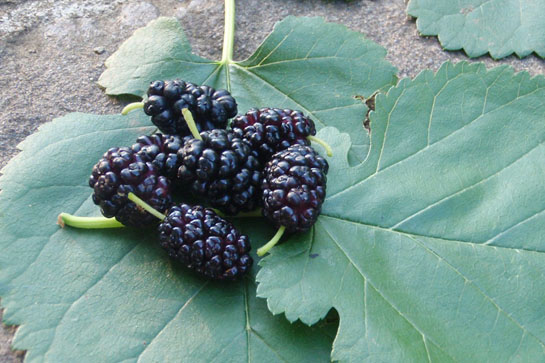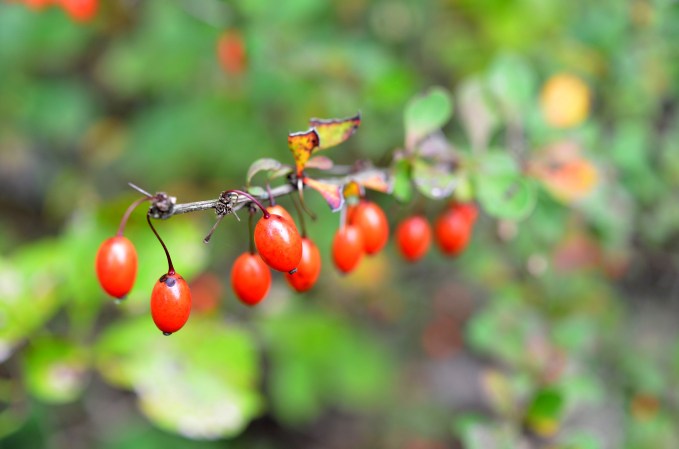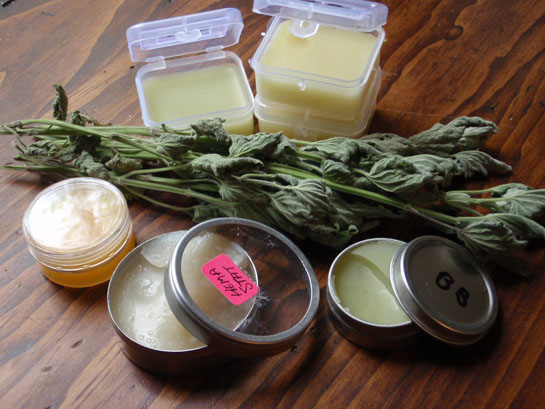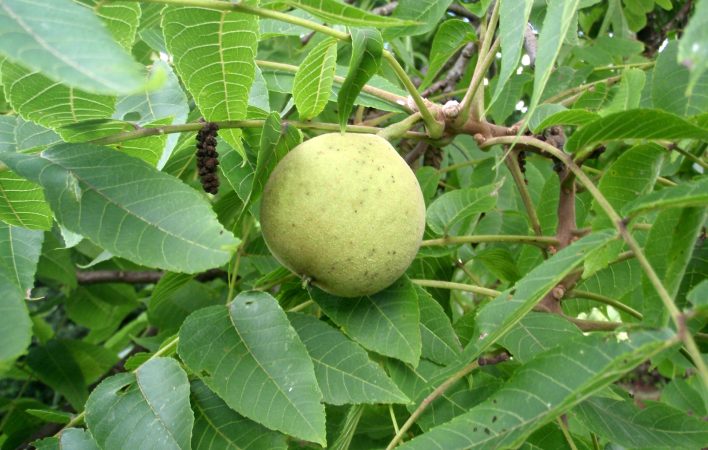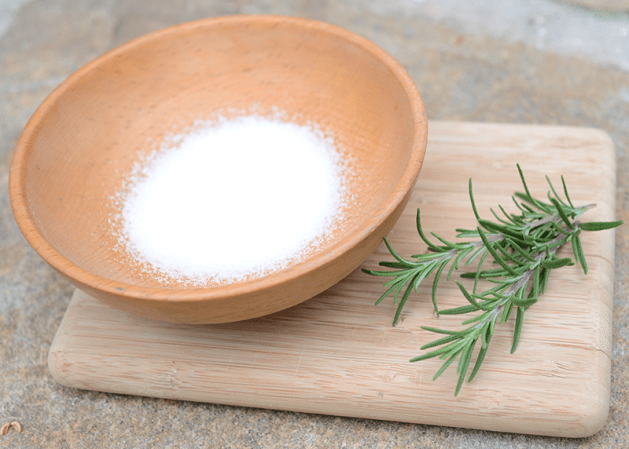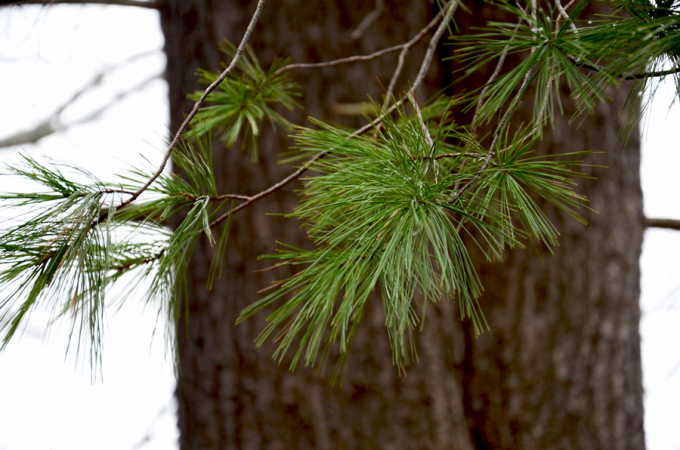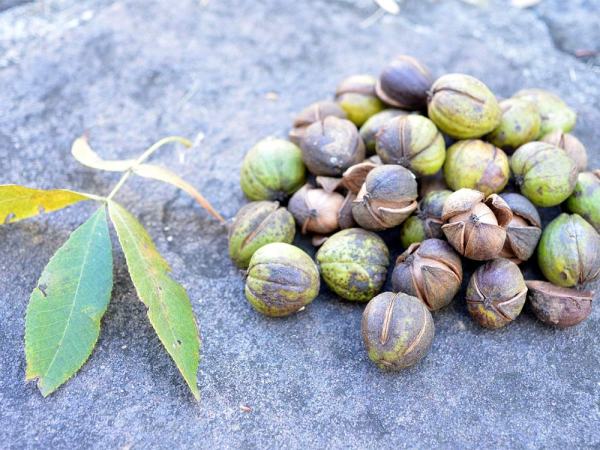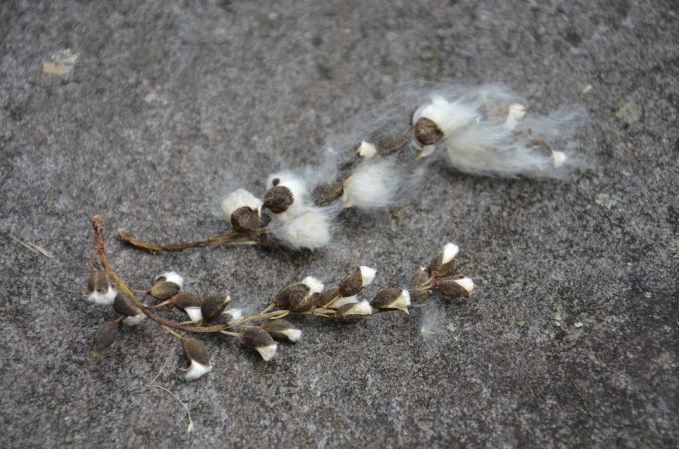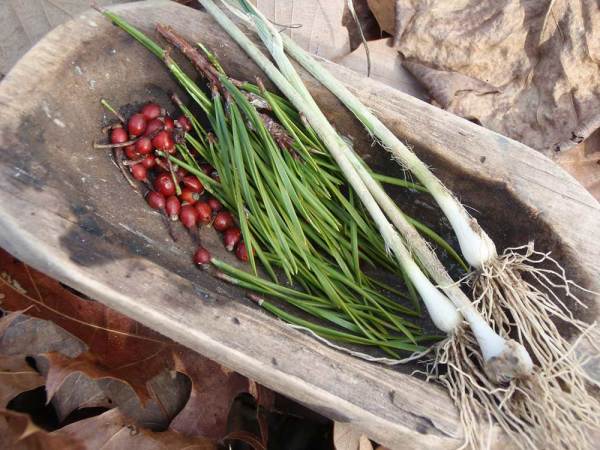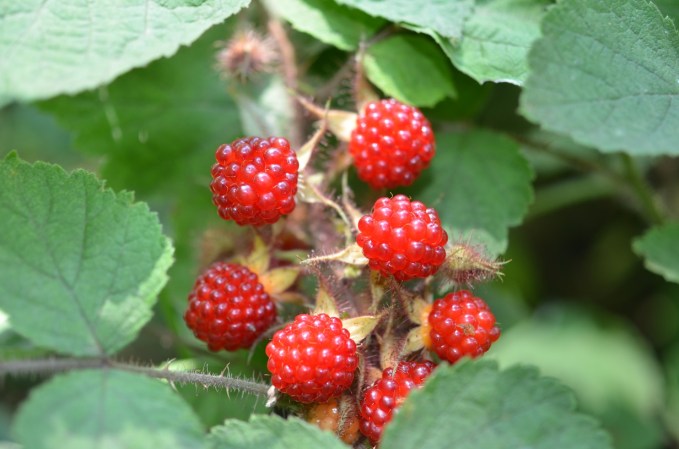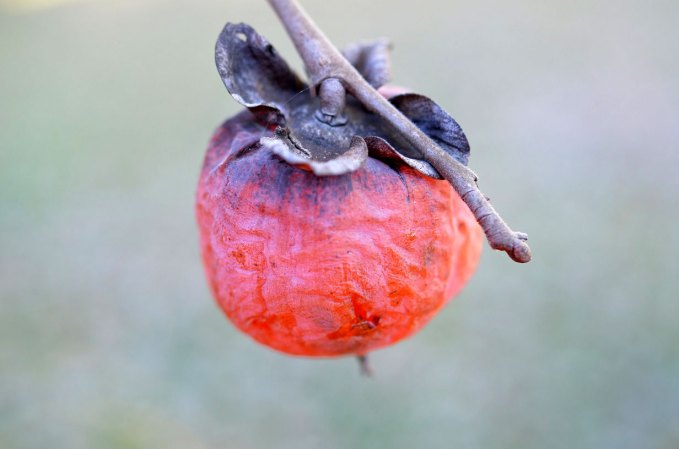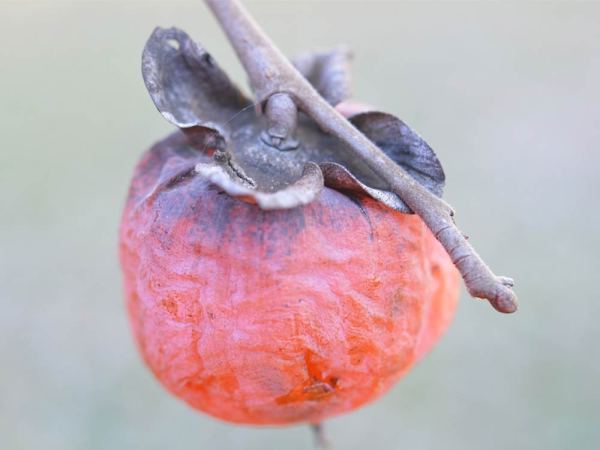Has it really been a year since we saw the last mulberries? For most of us in the lower 48, the mulberry is the first ripe berry of summer, but it’s only here for a couple of weeks. There are three species you’ll find scattered across the U.S.–the black mulberry (Morus nigra), the white mulberry (Morus alba), and the red mulberry (Morus rubra). The red species is native to North America, while the other two are native to southwestern Asia. You’ll find these imports throughout the country, as they were brought here to create silk in the New World (silk worms live on mulberry leaves exclusively). We can’t eat the leaves, but the ripe fruit is a great snack for humans, right off the tree. These blackberry-like morsels provide 60 calories per cup, with 85 percent of your daily requirement of Vitamin C and 14 percent of your daily Iron. Make sure they are ripe and sweet, because under-ripe mulberries can lead to serious reactions like vomiting, diarrhea, and hallucinations.
What else can you do with the ripe berries? Here are just five handy uses for the first fruit of summer.
1. Dry Them
Cover your dehydrator trays or a few window screens with these berries and dry them to create a sweet dried snack. For best results, apply a little Fruit Fresh or a similar vitamin C powder to discourage spoiling and spike the nutritional value. Store the dried mulberries in a breathable container like a paper bag, cloth sack, or wooden box to keep them from sweating and subsequently molding. Never eat any moldy dehydrated foods.
2. Make Wine
Combine 2 pounds of mulberries, 2 pounds of sugar, and 3 quarts of water in a stainless steel or enamel pot. Bring to a boil and keep boiling for 20 minutes. Cool the mixture to room temperature and pour through a strainer into a sanitized one-gallon glass jug. Top off with clean water if needed, and add red wine yeast when the liquid is 80 degrees Fahrenheit or cooler. Fit a water-filled wine lock to the jug mouth, and ferment in a dark, room-temperature spot for six weeks. For best taste, decant the wine into bottles and age for a few months. Though you could enjoy the “new” wine right away.
3. Bait Traps
In a survival situation (since trapping seasons are now closed), you could collect a few mulberries and use them for trap bait in areas where they are scarce. Their strong sweet odor will draw in raccoons, opossums, and even skunks. Just don’t bait with mulberries under a fruiting mulberry tree, the animals will never go for your bait when there are plenty of undisturbed berries available.
4. Make Syrup
Sweet mulberry syrup is excellent over pancakes, ice cream, and other foods. Mash one pint of berries in a cooking pot, add 2 cups of white sugar, and bring the mix to a boil for 10 minutes. No water is needed as the berries are juicy enough. Stir constantly to prevent burning. While the mix is still hot, pour through a strainer into a clean jar. This is your finished syrup! Store it in the fridge for up to two months. Discard after that, or if it grows mold.
5. Use to Dye and Stain
Looking to add some color to one of your homemade projects? Black mulberries provide a reddish-purple dye or stain that can work on wood, cloth, or leather. You can simply mash the berries and wipe them on the object you wish to dye, though this tends to wash out. Instead, boil the mashed berries in a little water with a mordant like alum to make the colors brighter and allow them to stain deeper and better.
